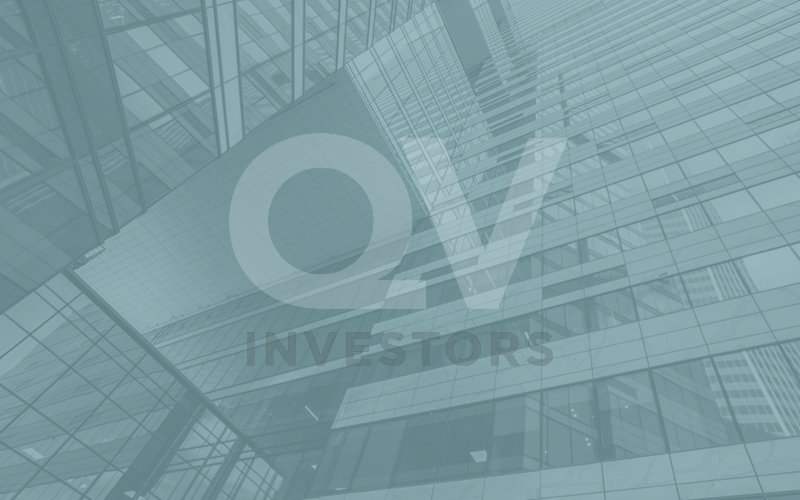We were asked at a recent client meeting whether we were surprised by the speed and magnitude of the global bond market sell-off in the fourth quarter of 2016. Our short answer was no. We reasoned that sentiment and valuation were so heavily tilted to one side, that an unexpected shift in the opposing direction was all that was needed to reverse market direction in a meaningful way. But while hindsight is 20/20, and our strategies were defensively positioned to weather this rise in yields, the challenge in sticking to this contrarian thinking during times of overvaluation was uncomfortable to say the least.

The chart above shows the Canadian government 10-year bond yield (CAN10Y) after netting out the rate of inflation. We refer to this value as the real yield and it represents the annualized return a bondholder would earn net of inflation if held to maturity. As can be seen, the real yield has fluctuated over time from high single digits to negative. A cursory look shows that despite the recent yield rise, we still remain at the lower end of where real yields have historically traded. This continues to support our view that government bonds are overvalued and that a defensive stance towards interest rate risk is still warranted.
It has been quite uncomfortable holding this defensive posture. As government bond yields continued their 30 year bull market, bond prices climbed higher and our performance lagged. And as yields traded lower, the thesis to justify near zero valuations grew more compelling — aging demographics, unconventional monetary policy, the size of the global debt burden, an unsynchronized global economy, and secular stagnation, to name a few. All difficult to quantify into yields, but also equally difficult to refute. The many arguments for a near zero real yield were quite convincing and still are. But no matter how substantial these economic truths may be, they fail to justify the unattractive risk/reward at such low rates. And while we cannot accurately predict the extent of this yield rise, what we can do is prepare for the associated risks should the market move against us.
We believe that to achieve our objective of above benchmark risk-adjusted returns, we need to be thinking differently than the market. This is easier said than done as the market is not always wrong and can remain overvalued for a long time. But by keeping a tight knit team of like-minded individuals, upholding a strong dedication to value, and basing decisions over a long investment horizon, we can make better independent decisions that are not as easily influenced by crowd sentiment. When valuations reach extremes, the required justification often becomes extremely complicated. And as Howard Marks writes, “Eventually, though, valuation has to matter.”
Ignoring that markets move in cycles is a dangerous mindset. Rather, respecting that market normalization can lead to both profits and declines during up and down swings can help long term investors achieve superior returns at lower risk. We are not of the view that real yields will rise back to levels seen in the 1980s, but are prepared for a return to what we deem as fair value. We found this to be in the range of 2.0%-2.5% for the real CAN10Y if we exclude the experiences of the ‘80s and ‘90s. Our strategies remain conservatively positioned towards interest rate risk given the spread from today’s level, and are positioned to buy at higher yields.
Over a long investment horizon, yield changes become less of a return contributor as accumulated interest income and reinvestment effects mellow the impact from price changes. These effects are much stronger at higher rates. At current levels, high price sensitivity is still too strong to ignore if yields rise further. As stewards of our client’s capital, earning and preserving a real return remains our objective no matter how uncomfortable it is to sit through periods of extremes.




